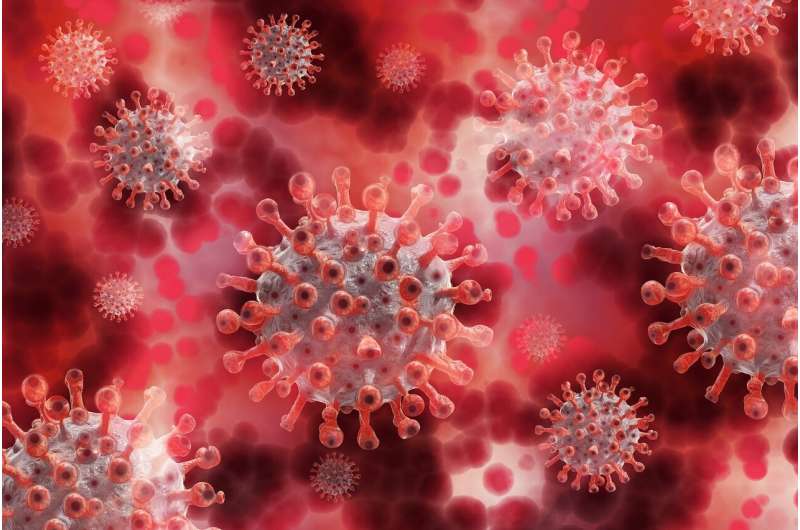
A study led by the National Institute for Health Research (NIHR) BRACE and RSET Rapid Evaluation Centres and undertaken by researchers at UCL, Nuffield Trust, RAND Europe and the University of Birmingham suggests that effective coordination between primary and secondary care to set up and deliver remote home monitoring models can help patients and reduce demand on hospital services during the period of COVID-19.
The study, which is a systematic review of remote home monitoring models (including ‘virtual wards’) set up internationally, for confirmed or suspected COVID-19 cases shows that primary care-led models could be more adaptable to evolving patient and system needs and easier to replicate in contexts with limited access and capacity for hospital care.
The study, titled “Remote home monitoring (virtual wards) for confirmed or suspected COVID-19 patients: a rapid systematic review,” and published in EClinicalMedicine, looks at COVID-19 remote monitoring models led by primary and secondary care across seven countries—US, Australia, Canada, the Netherlands, Ireland, China and the UK—where the models have been developed to:
- Avoid unnecessary hospital admissions (providing appropriate care in the appropriate place).
- Escalate cases of deterioration at an earlier stage to avoid invasive ventilation and ICU admission.
- Facilitate early discharge from hospital so patients can be followed up safely in the community.
Using digital apps to monitor patients’ blood oxygen levels allowed a higher number of patients to be followed up compared to paper-only models, while some studies indicated that models based on telephone calls were more inclusive of people without internet access or with limited digital literacy.
Dr. Manbinder Sidhu from the University of Birmingham (BRACE team) and a co-author of the study said: “Our review shows that primary care can play a central role in the coordination of remote patient monitoring models, providing more holistic care for patients and reducing the demand on hospital services. Yet, further research needs to explore the processes used to implement these models and how these might vary based on the healthcare sector, patient population, size, and approaches used for triage, monitoring and escalation.”
These findings complement those from the teams’ phase 1 empirical study of remote home monitoring during the first wave of the pandemic in England which concluded home monitoring methods can help reduce the risk of contracting COVID-19 for NHS patients and staff.
Source: Read Full Article